Don’t Forget your Springs when you’re Training your Engine and Pump
Acceleration and Deceleration in Rowing
Bob Kaehler
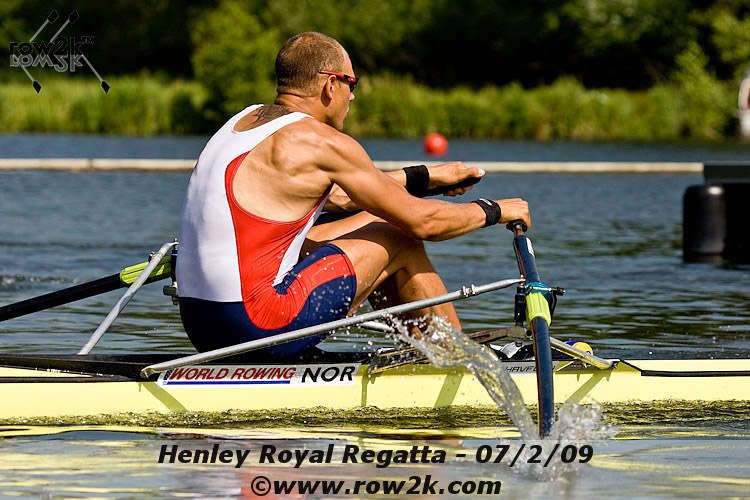
Rowing, like all sports, involves acceleration and deceleration of the body. To make this happen, our muscles assume the role of springs – they apply and absorb force to a given object. If we think of our body as a car, then our muscular system would be our engine and shock absorbers, our cardiovascular system would provide our fuel, and our bones, ligaments and tendons would serve as our frame. Endurance training tends to focus primarily on improving our engines and fuel – rightly so. However, the flip-side of this kind of conditioning is that we often neglect our shock absorbers. And weakness in the shock absorbers can then result in injuries to the frame.
Regardless of the activity, the majority of sports-related injuries occur at the peak points of acceleration or deceleration of the body. The forces required to control these sudden changes in body momentum can create an overwhelming stress to the frame. If your springs (muscle strength) are too weak to absorb to these forces, then your frame gets damaged. Based on the magnitude and repetition of the stresses involved, frame injuries could include joint pain (spine or extremities), stress or complete fractures, ruptured tendons or ligaments, and tendonitis. While the magnitude of acceleration and deceleration in a rowing stroke might not compare to that of cutting sports like football or basketball, typical rowing workouts do involve a high number repetitions performed at lower magnitudes of force. And, though more complete fractures or torn ligaments occur with higher magnitude sports, we do observe more overuse joint pain and spine-related injuries as well as stress fractures (ribs) and tendinosis issues in lower magnitude, higher repetitions sports like rowing. Therefore improving spring strength is essential to reducing risk-of-injury in both types of repetition sports.
Athletes in all sports can improve their base level of strength by performing that particular activity. Sometimes however, this is not enough to prevent injury to the frame. Additional training – sport-specific or resistance work -- may be required to improve spring strength to an appropriate level. Springs, like the engine and fuel, must receive enough weekly stimuli to ensure appropriate strength to tolerate training volume and intensities. The need for additional strength becomes more critical as training intensity and volume increase. When we start to see training injuries such as low back pain, rib stress reactions / fractures, or other joint pain, there is a strong chance that part of this is due to insufficient strength in the shocks.
In rowing, the majority of training volume is done at lower ratings (22spm or lower), so the amount of stress in the shock is lower, while the volume is larger. And while the absolute strength required to control momentum at lower rating is less than at higher ratings, the volume is much greater, so the need for good strength-endurance is also important. The largest changes in body momentum occur at the catch (acceleration) and the finish (deceleration), and the magnitude increases as the rating goes up. By adding some extra sessions of power training at higher rates (24-28spm), we can improve the strength of the muscles used to help control body momentum. One session of higher rate training (typical weekly AT session) may not be enough to provide the necessary improvement in spring strength.
In racing season, there tends to be a larger volume of higher rating work on a weekly basis. In the off-season, however, there is a significant reduction in this type of work. Anaerobic threshold work is usually done at the 24-30SPM range. If you are only doing this type of work once a week, add a few extra sessions of higher rating work to keep your spring strength properly stressed. One suggestion would be to add in one or two sessions of burst work (8-10 strokes) at the 24-30 range. This can be done within a steady state workout, with long rest intervals between bursts. The rest intervals should be long enough that the steady state HR is not altered during a steady state session. If you strength train on land, try including a power session either on the erg or water, that coincides with your strength workout. Work to rest ratios will depend upon your goals for that session and time of year.
Body control is essential to achieving success in any sport. Having a balanced training program that also addresses your strength requirements will help you enjoy steady athletic improvement and reduce your risk of training-related injuries.
If you enjoy and rely on row2k, we need your help to be able to keep doing all this. Though row2k sometimes looks like a big, outside-funded operation, it mainly runs on enthusiasm and grit. Help us keep it coming, thank you! Learn more.
Comments | Log in to comment |
- Bont Rowing
- Calm Waters Rowing
- Concept 2
- Craftsbury Sculling
- The Crew Classic
- CrewLAB
- Croker
- Durham Boat Co.
- Empacher
- Faster Masters
- Filippi
- Fluidesign
- h2row.net
- HUDSON
- Live2Row Studios
- Nielsen-Kellerman
- Oak Ridge RA
- Peinert Boat Works
- Pocock Racing Shells
- Race1 USA
- RowKraft
- Rubini Jewelers
- Vespoli USA
- WinTech Racing
- Bont Rowing
- Calm Waters Rowing
- Concept 2
- Craftsbury Sculling
- The Crew Classic
- CrewLAB
- Croker
- Durham Boat Co.
- Empacher
- Faster Masters
- Filippi
- Fluidesign
- h2row.net
- HUDSON
- Live2Row Studios
- Nielsen-Kellerman
- Oak Ridge RA
- Peinert Boat Works
- Pocock Racing Shells
- Race1 USA
- RowKraft
- Rubini Jewelers
- Vespoli USA
- WinTech Racing



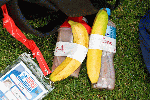
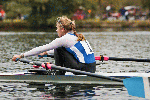

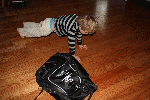
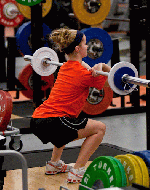
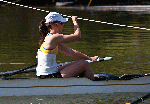











03/15/2011 7:21:18 PM
03/16/2011 8:17:47 PM
03/14/2011 8:24:46 AM
03/16/2011 7:59:22 PM
03/13/2011 8:30:13 AM
03/15/2011 12:12:44 PM
03/11/2011 2:38:58 PM
03/20/2011 4:37:53 PM
03/10/2011 10:42:48 AM
03/10/2011 3:57:06 PM